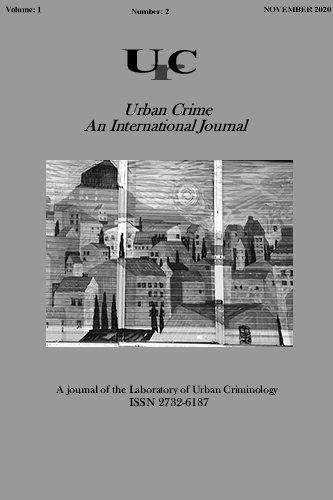From vulnerability to violence: Gangs and “homicide booms” in Trinidad and Belize
DOI:
https://doi.org/10.26250/heal.panteion.uc.v1i2.246Keywords:
Gangs, Trinidad, Belize, Homicide, Drug transhipment, Drug traffickingAbstract
At the end of the 1990s gang driven homicide rates in Belize and Trinidad boomed and today remain amongst the highest in the world. That these homicide booms occurred as drug transhipments increased, makes casual connections between drugs and violence an intuitive and frequent assumption. This article argues that the role that drugs transhipment plays in sparking transitions to violence is often assumed and overstated, and alone is a weak predictor of violence. The comparative research presented finds that historic, chronic vulnerability in the poor neighbourhoods of eastern Port of Spain and southside Belize City played a defining role in the rise of street gangs; whilst increased lethality is directly attributable to inflows of firearms, which had different transhipment routes and political economies to drugs when homicide booms occurred. Ominously, once a violent street culture is established, it is resilient, guns stay, gangs evolve, and homicide levels persist.Downloads
Download data is not yet available.

